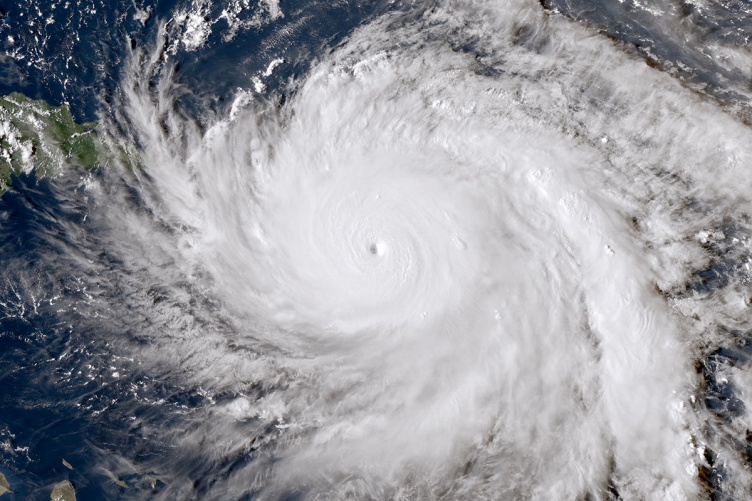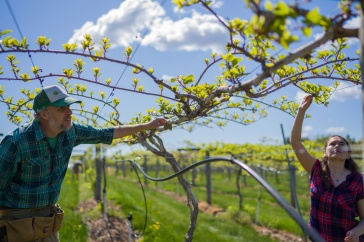
Large, extreme storms such as hurricanes, superstorms, typhoons and tropical cyclones are becoming more frequent worldwide under a changing climate. With colleagues around the nation and world, University of New Hampshire researchers have developed a way to assess the short-term and long-term ecological repercussions of major hurricanes, including how large storms affect watersheds, streams and river networks.
“Many scientists have looked at how individual systems respond to specific storms,” said William McDowell, professor of environmental science and researcher with the New Hampshire Agricultural Experiment Station. “However, because they use so many different approaches to describing a storm’s effect, it is difficult to draw robust conclusions that can be used to make predictions about how ecosystems will respond to future storms.”
For example, storm surge, wind speed, rainfall, storm duration and size, as well as site characteristics such as the amount of wood debris, tree species present and canopy height in a forest all can play important roles in how ecosystems are affected by hurricanes and superstorms. This is the first framework that takes these variables and others into account when assessing storm impacts and the resiliency of ecosystems.
“This framework resolves the differences among various approaches to characterizing large storms and their impacts,” said McDowell. “By developing a uniform way to measure storm strength and storm impact across many ecosystem types, we hope to be able to develop a way to assess storm damage that will help standardize the management of ecosystems and decrease our risks to storm damage. Hurricanes and superstorms will increasingly shape our world. A better understanding of how these cyclones affect ecosystem resistance and resilience will inform how we preserve and protect the critical benefits that ecosystems provide.”
The recommendations are based, in part, on the findings of research conducted by McDowell and his lab, and Adam Wymore, research assistant professor of natural resources and the environment, in the tropical Luquillo Mountains of Puerto Rico following hurricanes Irma and Maria.
This material is supported by the NH Agricultural Experiment Station, through joint funding of the National Institute of Food and Agriculture, U.S. Department of Agriculture, under award 1006760, and the state of New Hampshire. It also was supported by National Science Foundation workshop grant 1903760, and NSF Rapid Response research grants 1760006 1910811, and 1807533.
Founded in 1887, the NH Agricultural Experiment Station at the UNH College of Life Sciences and Agriculture is UNH’s original research center and an elemental component of New Hampshire's land-grant university heritage and mission.
The University of New Hampshire inspires innovation and transforms lives in our state, nation, and world. More than 16,000 students from all 50 states and 71 countries engage with an award-winning faculty in top-ranked programs in business, engineering, law, health and human services, liberal arts and the sciences across more than 200 programs of study. As one of the nation’s highest-performing research universities, UNH partners with NASA, NOAA, NSF and NIH, and receives more than $110 million in competitive external funding every year to further explore and define the frontiers of land, sea and space.
-
Written By:
Lori Tyler Gula, PhD | NH Agricultural Experiment Station | lori.gula@unh.edu | 603-862-1452

















































